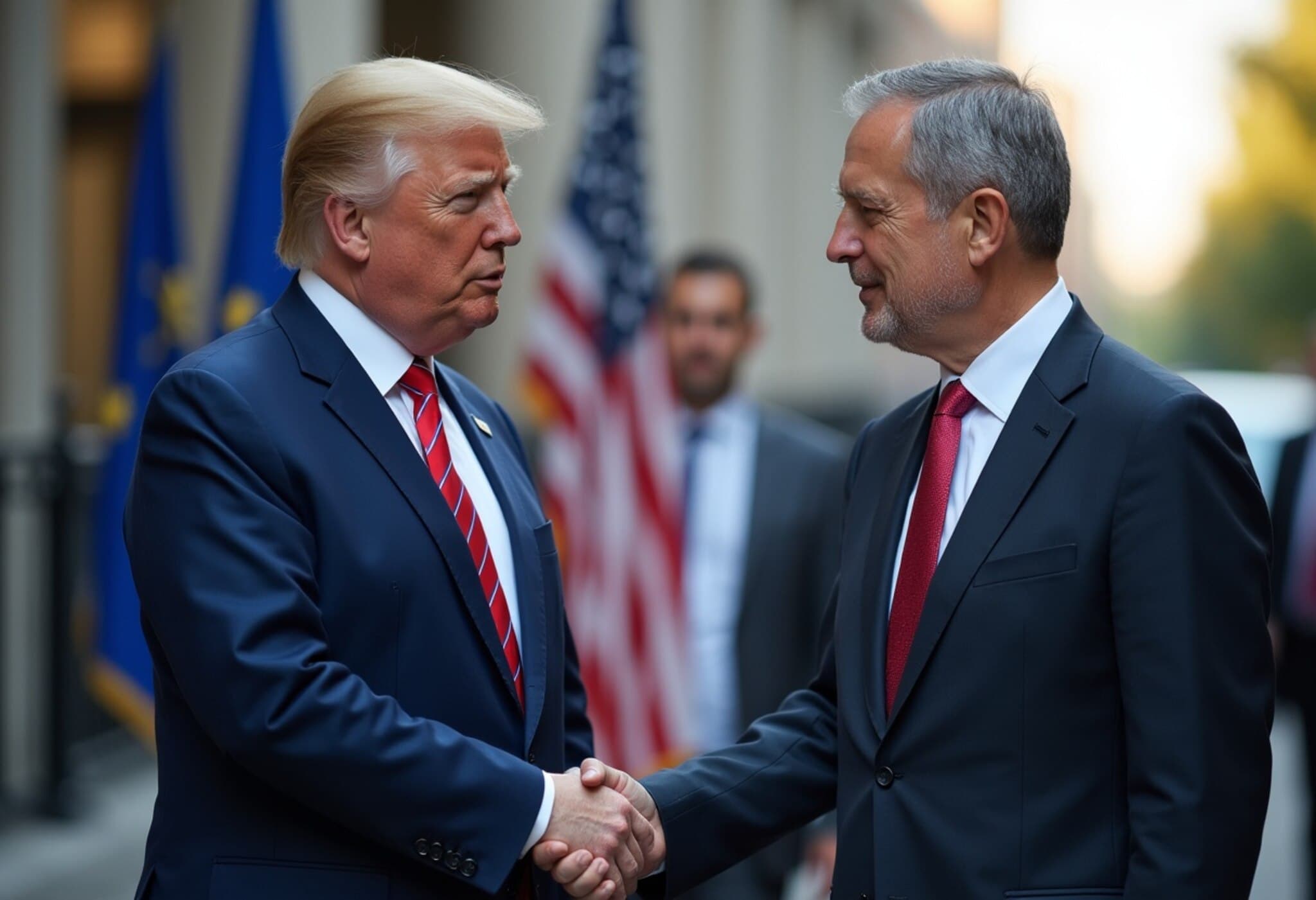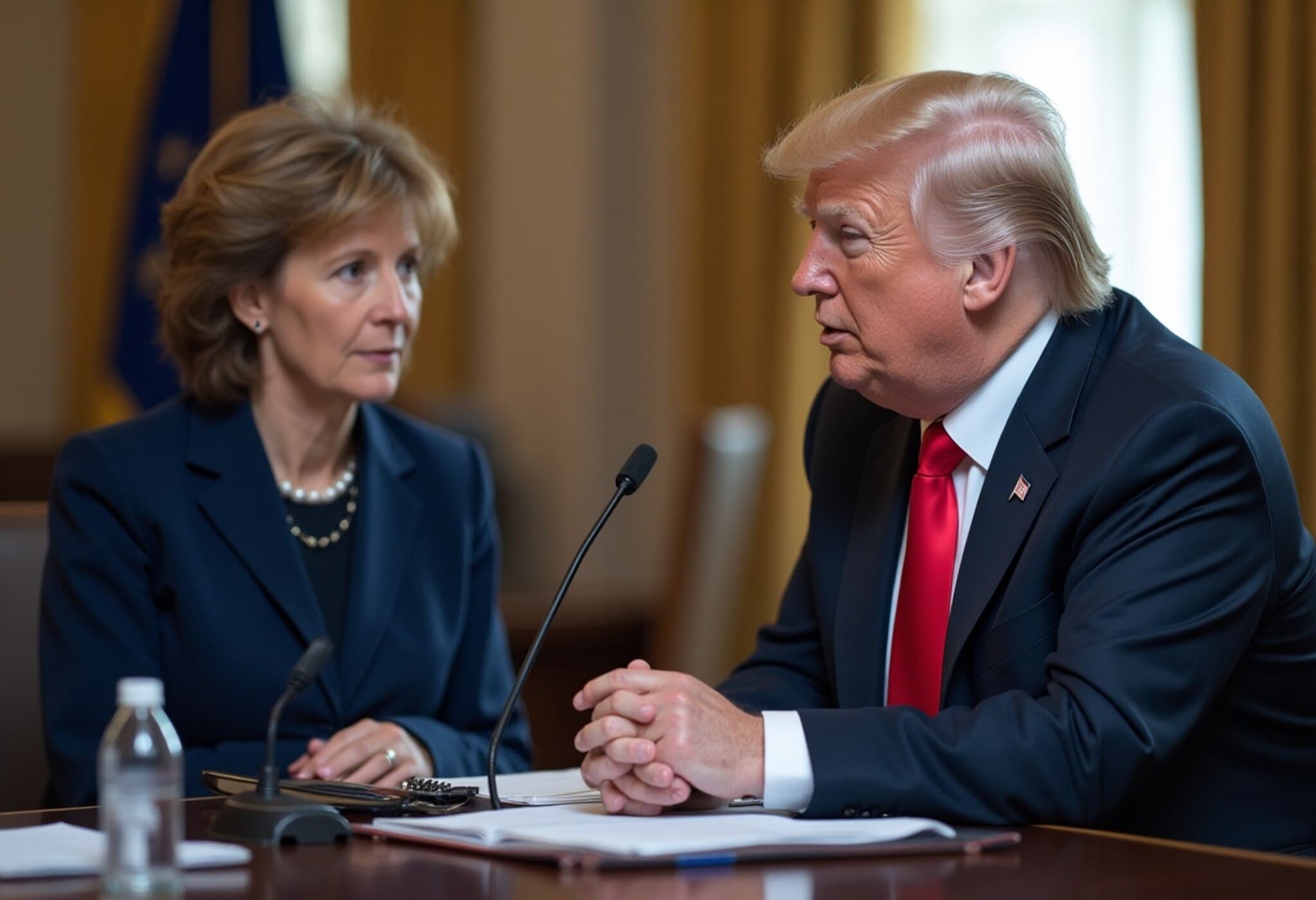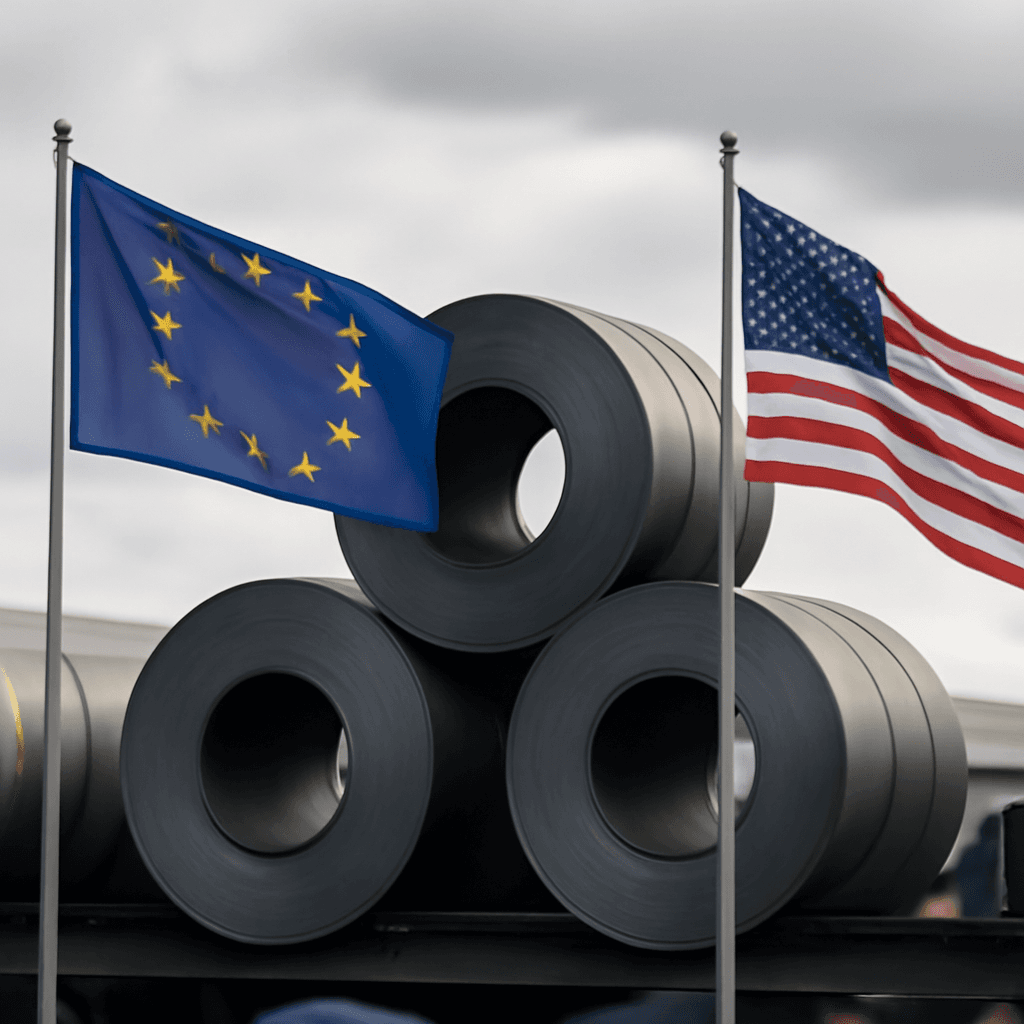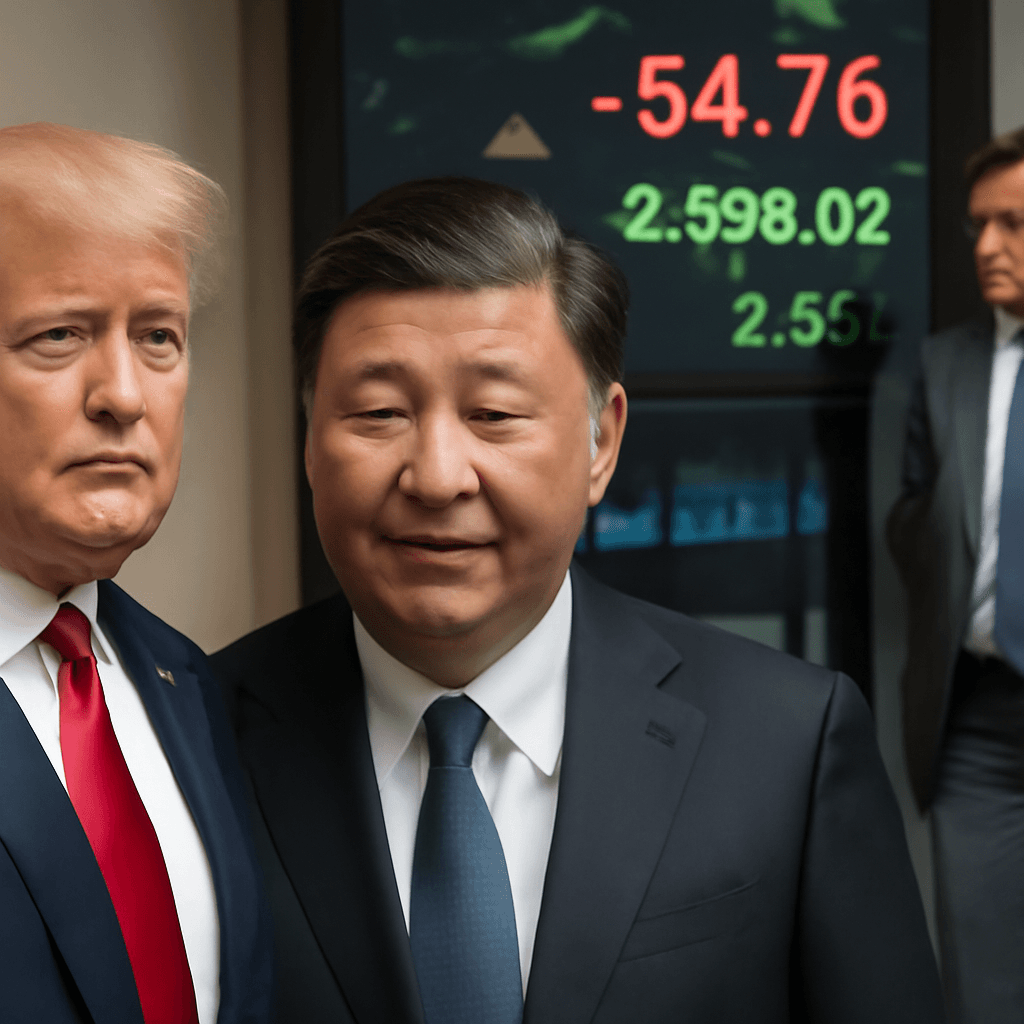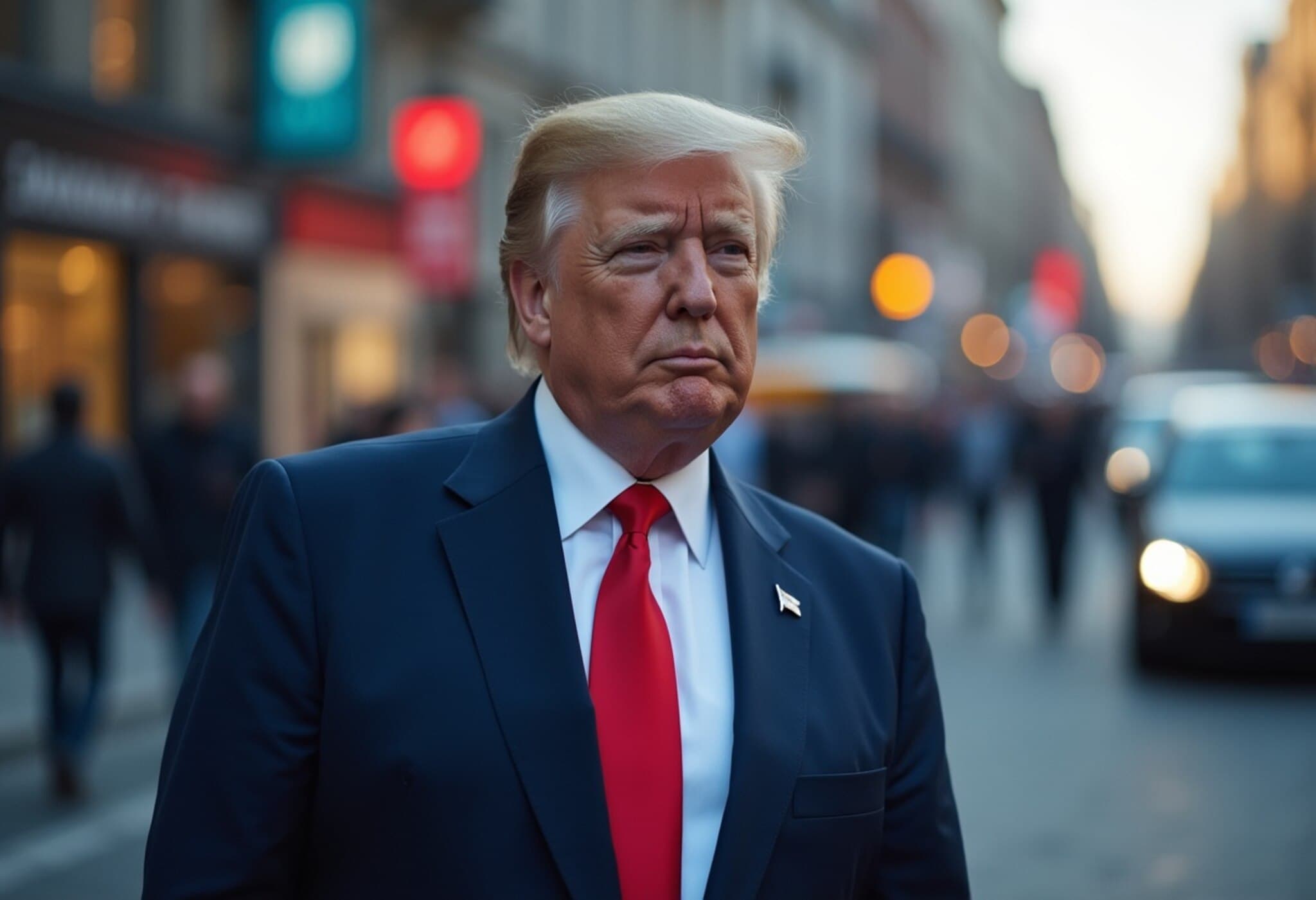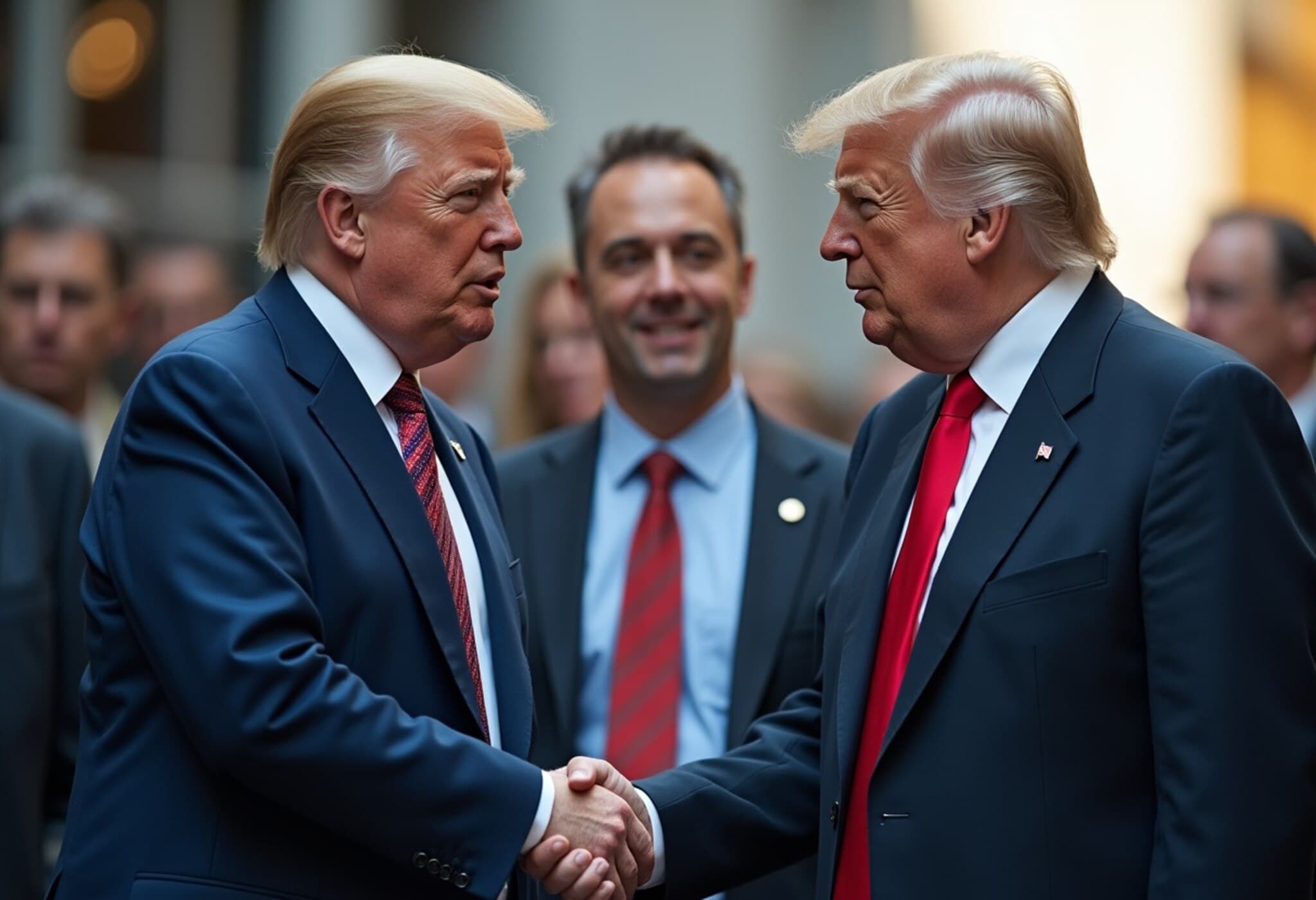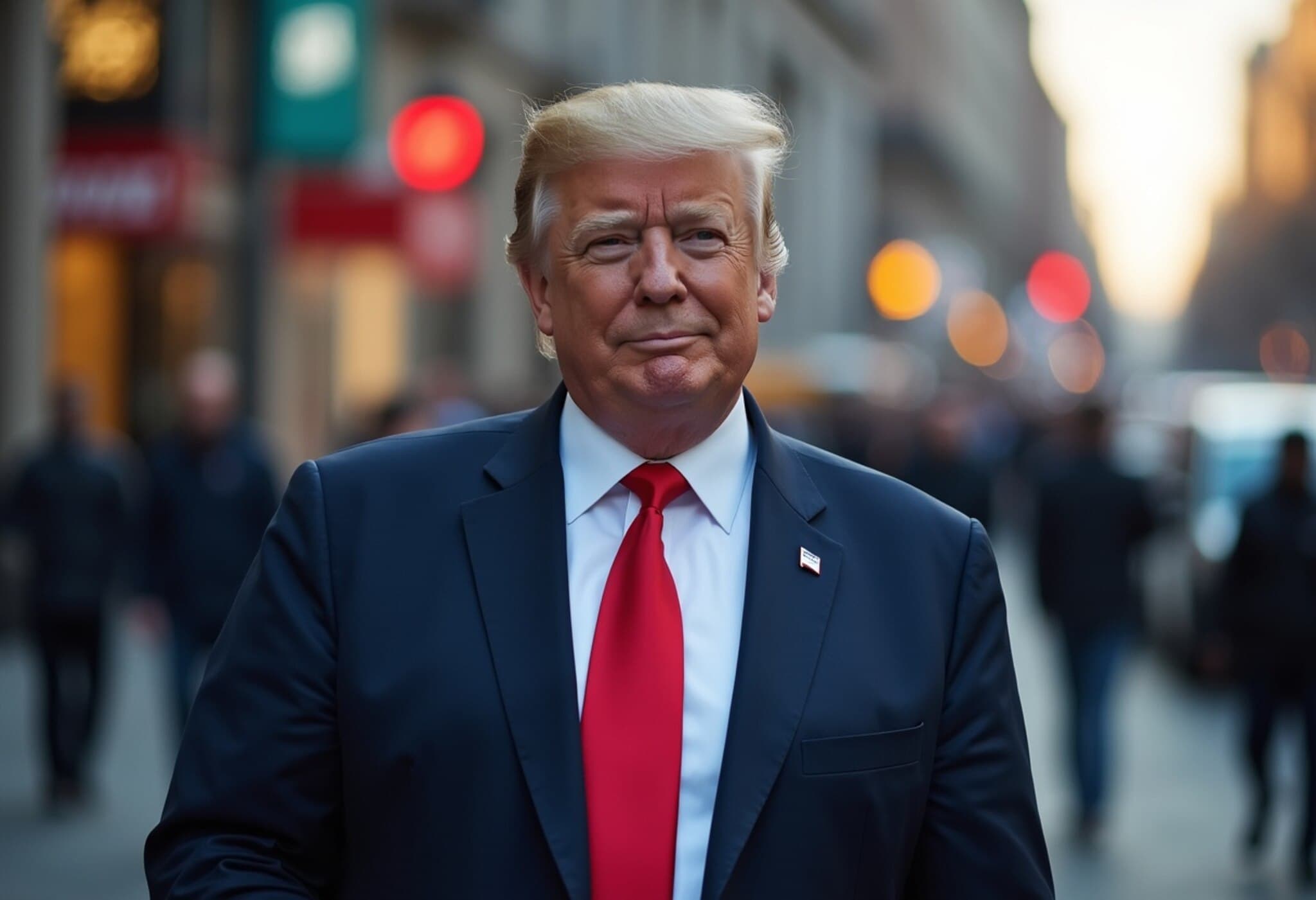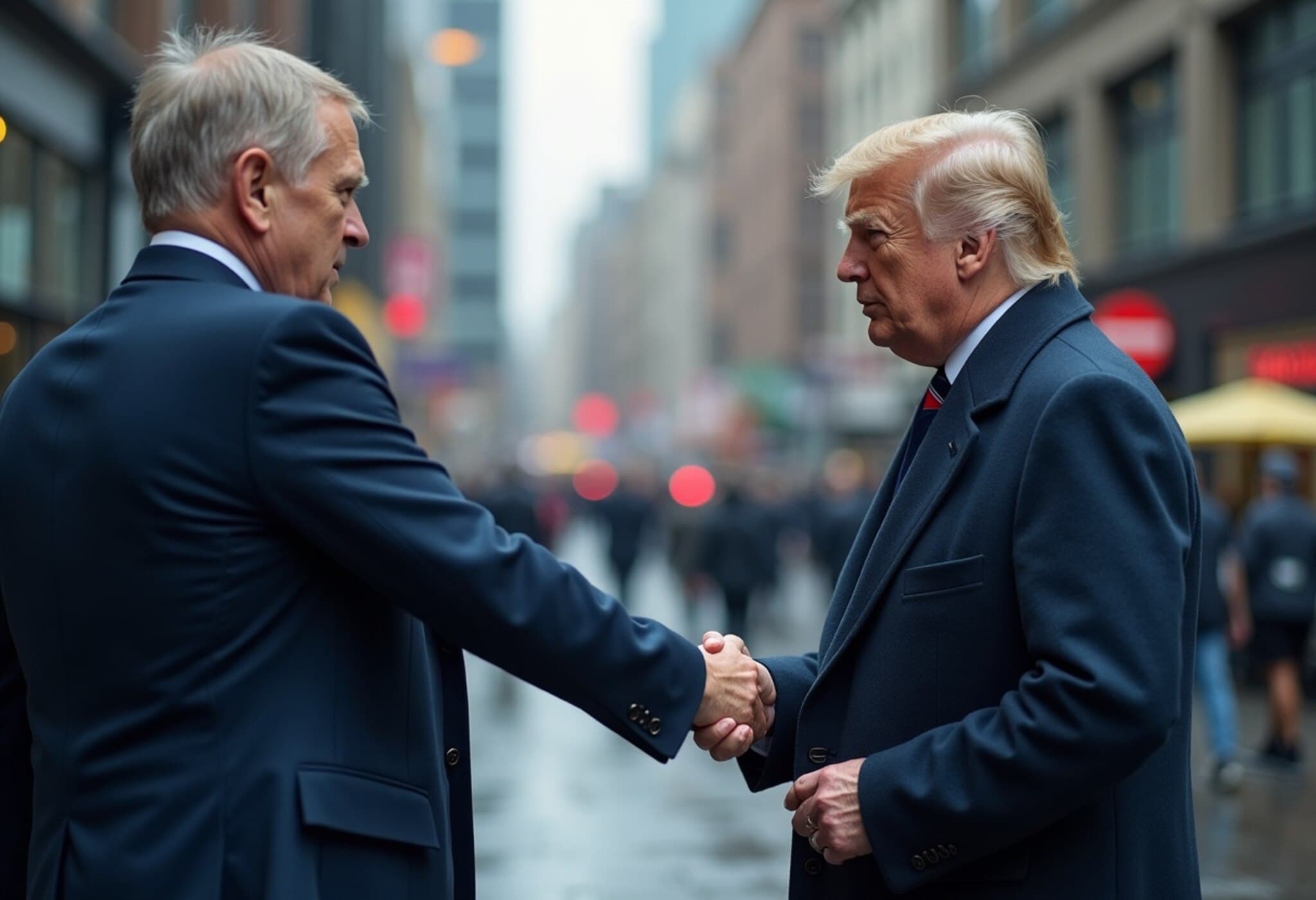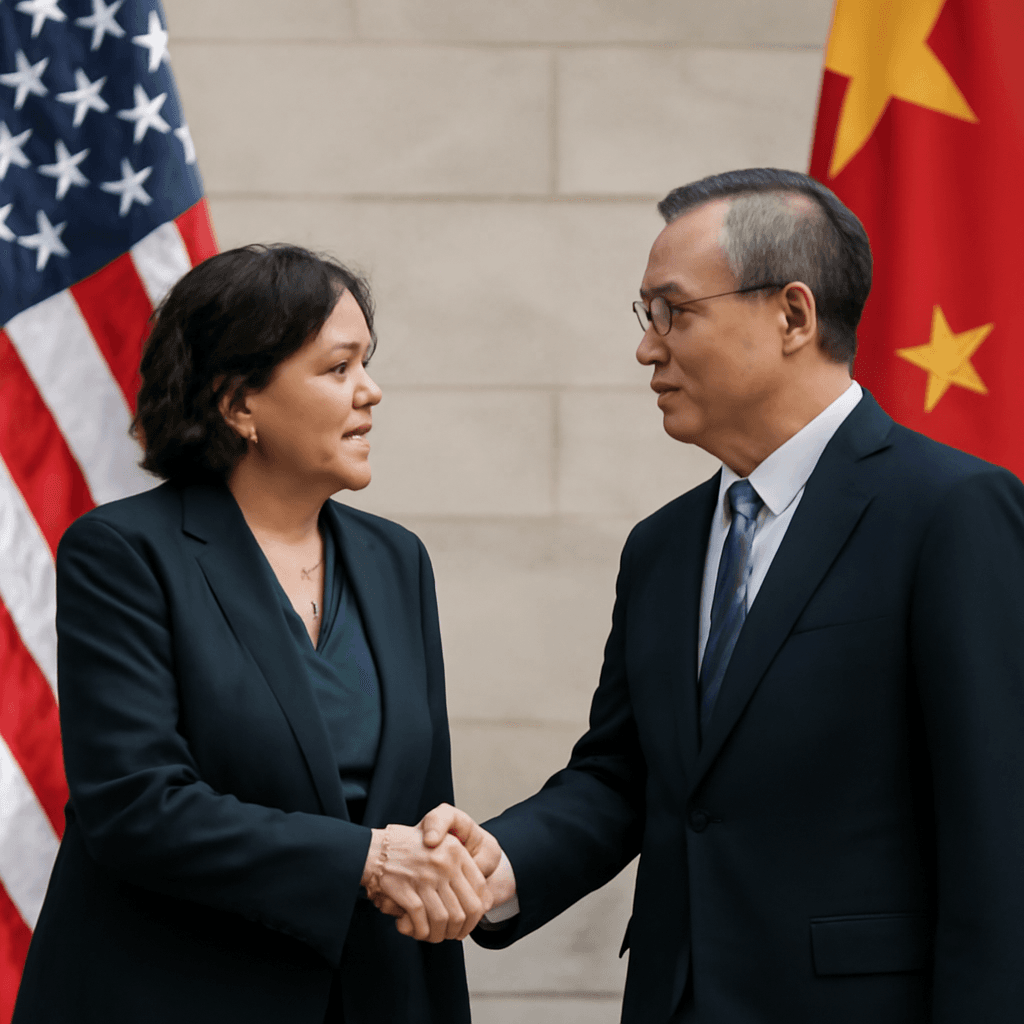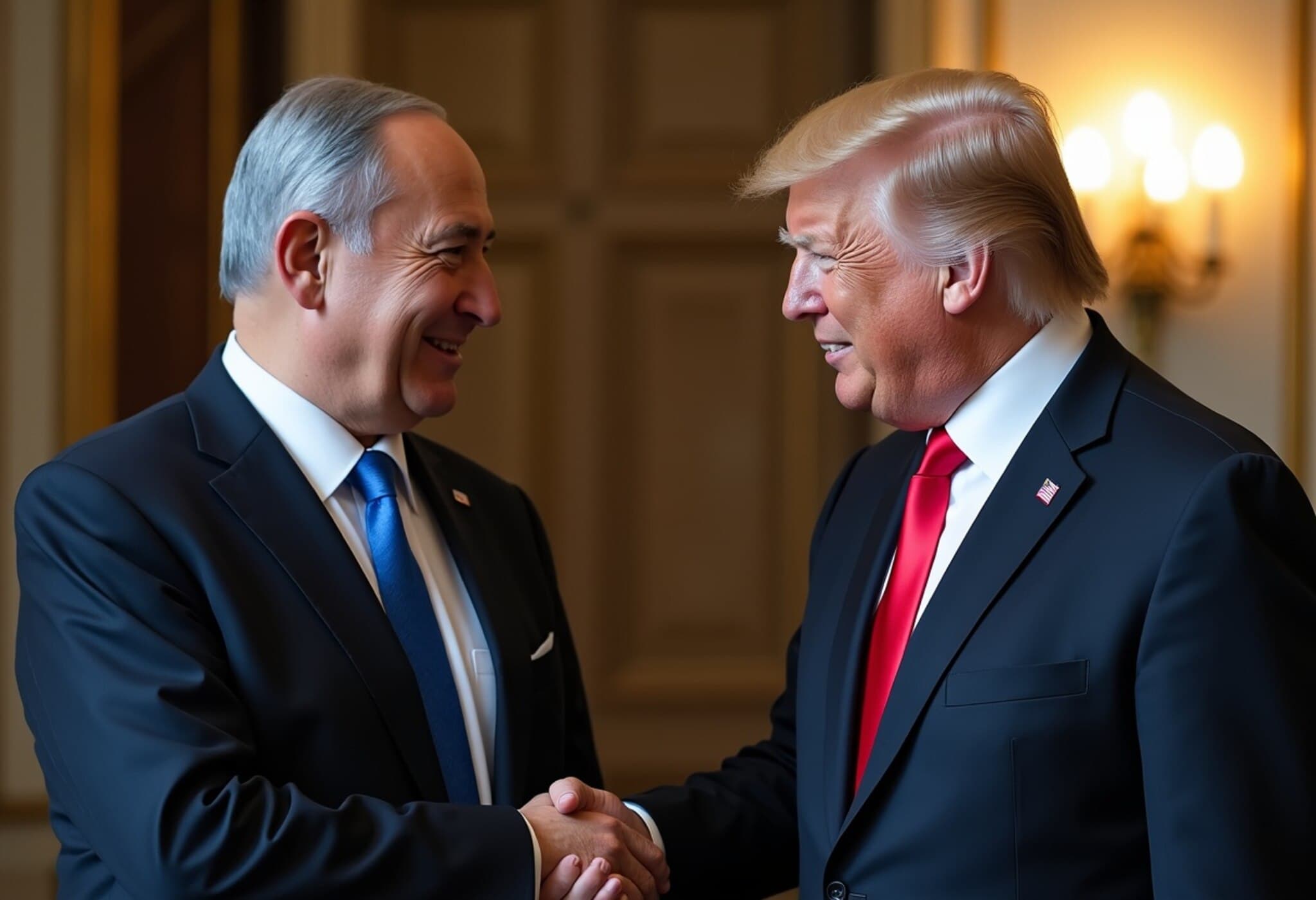EU-US Trade Talks Stall as Deadline for Agreement Passes
The European Union finds itself in a state of uncertainty as negotiations with the United States over a pivotal trade agreement remain unresolved. Initially, both sides aimed to establish a framework deal by July 9, 2025, coinciding with the conclusion of a temporary halt on U.S. tariffs imposed under President Donald Trump's administration. However, this deadline has come and gone without a signed accord, leaving businesses and policymakers on both sides anxious for clarity.
Trump Signals Possible Progress, Yet Clarity Remains Elusive
Despite the looming uncertainty, President Trump hinted at a breakthrough during a White House cabinet meeting on July 8. He suggested that the U.S. was just days away from sending a formal letter that could signify an agreement or at least a decisive stance on tariffs. "We're probably two days off from sending them a letter. We are talking to them," Trump remarked, injecting cautious optimism into a standoff marked by fluctuations in tone and approach.
Trump acknowledged a shift in relations, noting, "They treated us very badly until recently, now they're treating us very nicely. It's like a different world." This marks a notable departure from his typically critical rhetoric towards the EU, reflecting perhaps improved dialogue or strategic recalibration amid mounting economic stakes.
Economic Stakes: Billions Hang in the Balance
The trade relationship between the EU and the U.S. is among the globe’s most substantial, with bilateral trade valued at approximately €1.68 trillion ($1.97 trillion) in 2024, encompassing both goods and services. While the EU enjoyed a surplus in goods exports, this was tempered by a deficit in services trade, culminating in a modest overall surplus of around €50 billion.
U.S. Commerce Secretary Howard Lutnick emphasized recent progress, praising the EU for putting forth "significant, real offers" that would open European markets to American agriculture, ranching, and fishing industries. "We're going to take down our barriers," he stated on CNBC’s Power Lunch, underscoring the ongoing efforts to widen market access for American exporters.
Negotiation Nuances: Tariffs, Market Access, and Mutual Costs
The EU is reportedly prepared to accept a 10% baseline tariff on certain imports, a figure considerably lower than the 50% tariff thresholds previously proposed or threatened by Trump. Negotiations are expected to seek exemptions and sector-specific deals to mitigate adverse impacts on sensitive industries.
European Commission President Ursula von der Leyen remained measured in her remarks: "We stick to our principles, we defend our interests, we continue to work in good faith, and we get ready for all scenarios." This cautious diplomacy reflects the delicate balance the EU must maintain between pushing for favorable trade terms and preserving strategic economic partnerships.
Adding analytical depth, Peter Chase, senior fellow at the German Marshall Fund, elucidated the tariff impact dynamics. "It's the importer who pays the tariff, not the exporter," Chase pointed out. He illustrated that if Europe imposes a 10% tariff but South Korea maintains a 25% tariff, American consumers would end up paying more on Korean goods than on European products. "European businesses would deal with it, but it's the American customer that's the one that will be paying for it," Chase explained, highlighting the often-overlooked downstream effects of tariff policies on consumer prices.
Looking Ahead: What This Means for Transatlantic Relations
As the U.S. and EU navigate this complex negotiation terrain, the stakes extend beyond tariffs and trade balances. The outcome will shape economic growth trajectories, influence political relations across the Atlantic, and set precedents for future multinational trade agreements. Observers and stakeholders alike await clear signals amid the ongoing ebb and flow of diplomatic engagement.
Underreported Dimensions
- Sector-Specific Impacts: How will industries like automotive, agriculture, and technology be impacted differently under this agreement?
- Small and Medium Enterprises (SMEs): Often overshadowed by large corporations, SMEs stand to gain or lose significantly depending on tariff adjustments and market access.
- Geopolitical Implications: How might this agreement influence broader U.S.-EU cooperation amid challenges like climate policy, security, and technology standards?
These questions remain critical as policymakers weigh immediate economic gains against long-term strategic priorities.
Editor’s Note
The unresolved trade dialogue between the EU and U.S. underscores the intricate balancing act of modern diplomacy, where economic interests intersect with political nuance and consumer realities. As both parties inch closer to potentially signing a framework, it is essential to recognize that tariffs are not merely numbers—they ripple through supply chains, influence prices at the checkout, and shape the very fabric of transatlantic relations. Readers should watch for forthcoming announcements, bearing in mind the broader implications for businesses and citizens on both continents.

